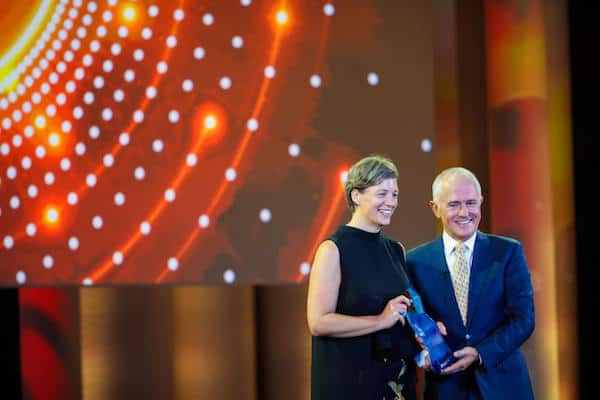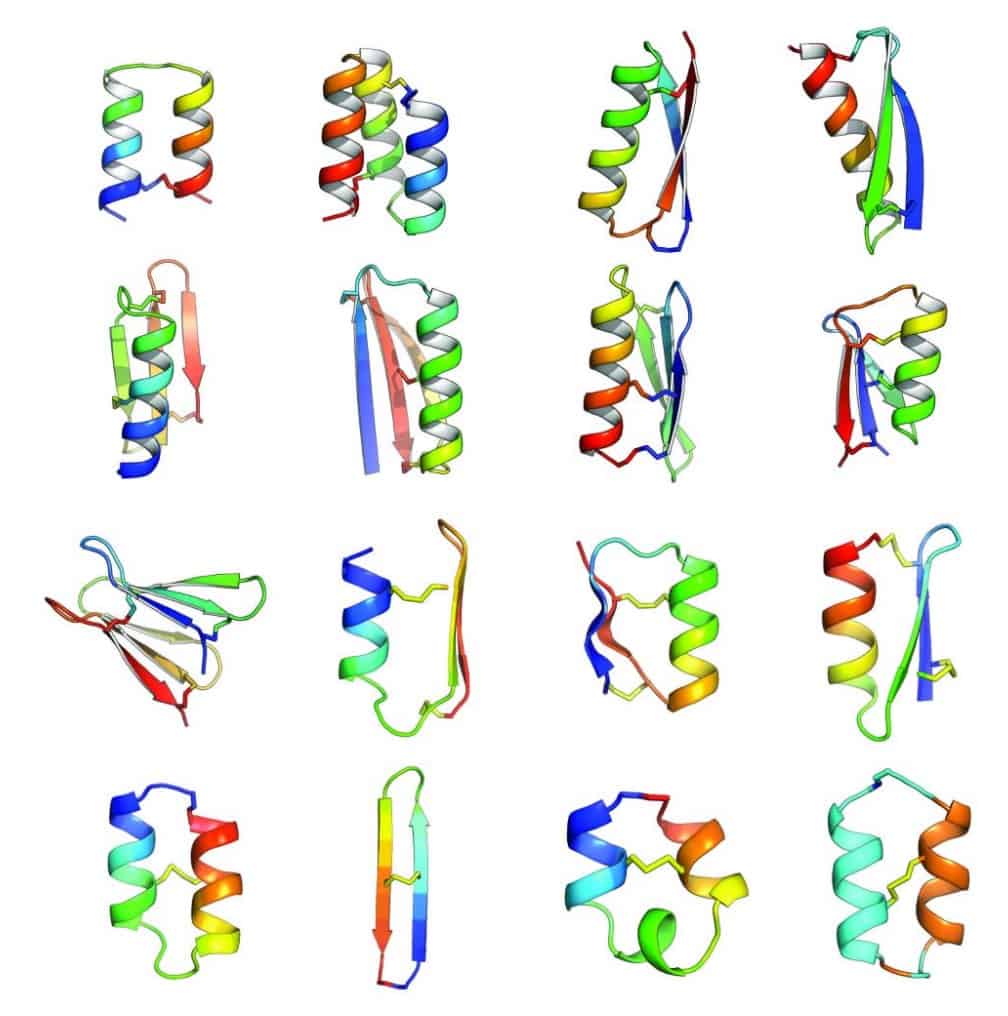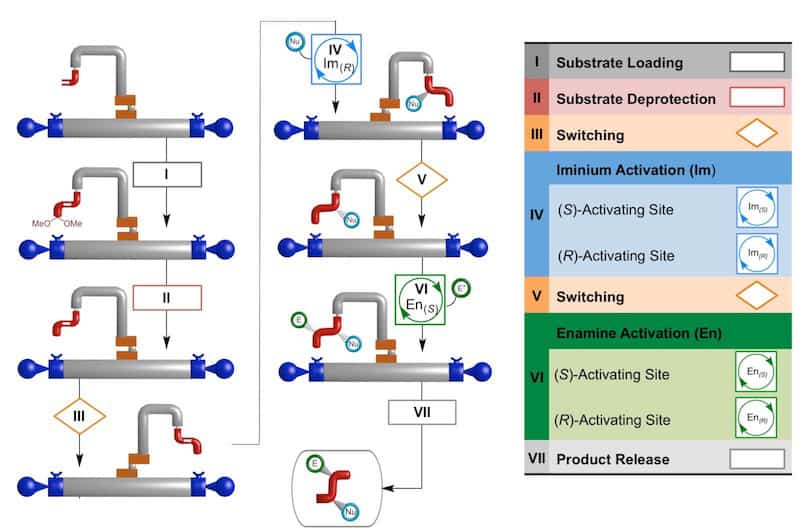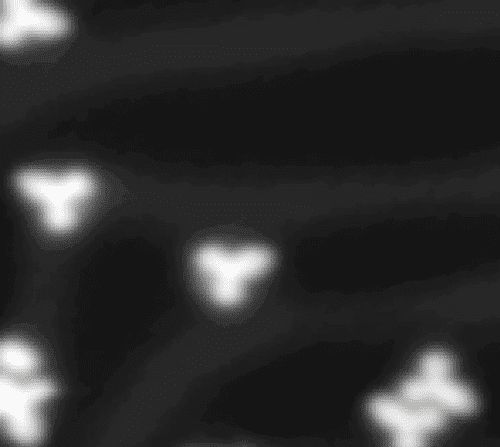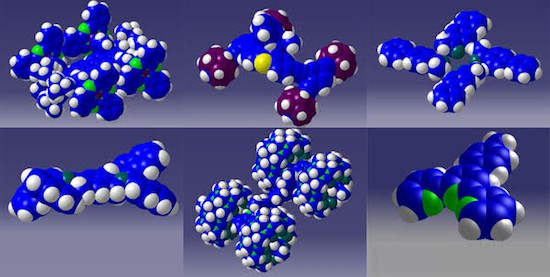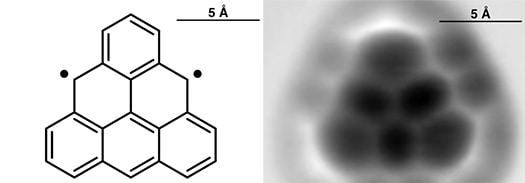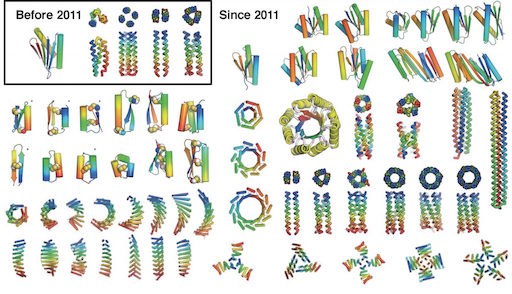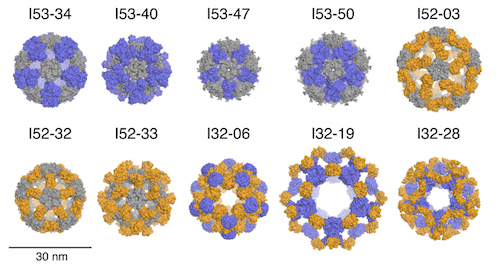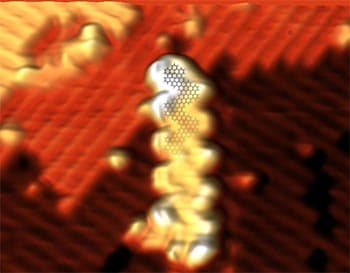It is always a pleasure when those whose work toward Feynman’s goal for nanotechnology—molecular manufacturing, defined as the construction of atomically-precise products through the use of molecular machine systems—whom we have recognized with a Foresight Institute Feynman Prize are subsequently also recognized by the wider community for the importance of their contributions. For example, Sir… Continue reading 2015 Feynman Prize winner named 2018 Australian of the Year
2015 Feynman Prize winner named 2018 Australian of the Year
